Eastside Bothy Fire
Tubaiste Kirkintilloch - The Bothy Fire Kirkintilloch Tragedy 1937
Of the various disasters that have occurred in Scotland over the years, few have left such a haunting legacy as the Kirkintilloch tragedy of 1937.
The circumstances of the fatal fire, including the apparent helplessness of the Irish victims, their youthfulness, and the anguish of the young women who witnessed the terrible fate of brothers and other relatives, all gave it special poignancy.
When all this is set against a background of enforced seasonal migration to find work, harsh working conditions, and communities in conflict, it is not difficult to appreciate why the memory of the event has endured for so long. In fact it is now firmly embedded in the culture of both Kirkintilloch and Achill in County Mayo, and even in the wider historical culture of Scotland and Ireland.
The full story of the disaster is portrayed in an exhibition, comprising of twelve display panels. To demonstrate the strong links between Scotland and Ireland the panels are tri-lingual, in Irish Gaeilge, English and Scots Gaelic.
|
Introduction to the Kirkintilloch tragedy of 1937.
|
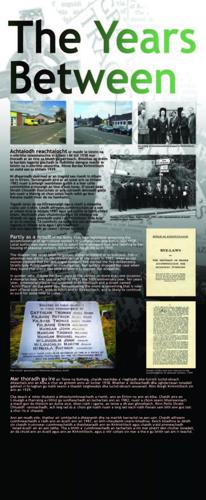 |
|
The history of Kirkintilloch can be traced back to Roman times but its identity was firmly established in the early 13th century when King William the Lion granted a charter to the local Comyn family to establish a burgh beside their castle there.
|
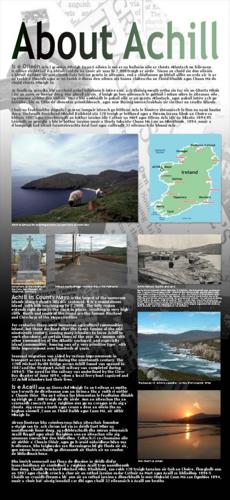 |
|
With little employment available on the island, many young people began to migrate to Scotland each summer to help with the potato harvest.
|
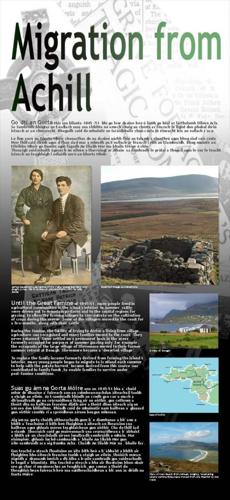 |
|
Achill in County Mayo is the largest of the numerous islands along Ireland’s Atlantic west coast and the home of the ten young men who perished in the bothy fire of 1937.
|
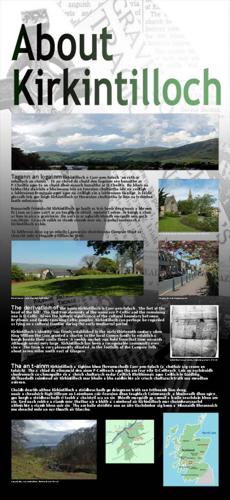 |
|
Although famous for employing large numbers of hand loom weavers in the 1800s, Kirkintilloch’s main industries in the 20th century were coal-mining, boat-building and iron founding
|
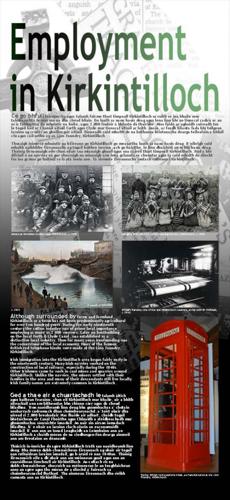 |
|
Irish Tattie Howkers in Scotland Groups of young Irish people arrived in Scotland each year to find work in the potato fields during the harvesting season (June-October).
|
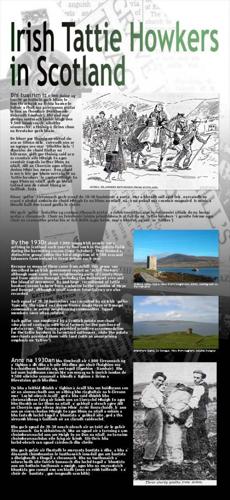 |
|
In Lowland Scotland, over the last 200 years or so, there has been a degree of unrest between the native population and Irish immigrants, both on religious and economic grounds.
|
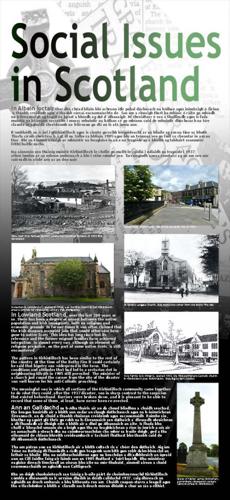 |
|
Fire broke out in farm-workers' bothy (dwelling shed) in Kirkintilloch, in the early hours of Thursday 16 September 1937, and ten young ‘tattie howkers’ from Achill lost their lives.
|
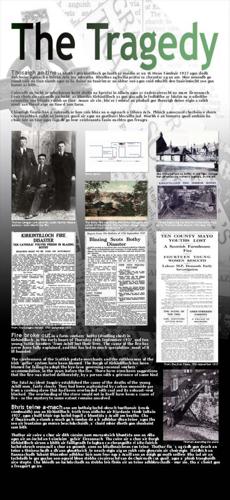 |
|
The bodies were removed from the scene to Kirkintilloch Police Station, where an attempt was made to identify the individual bodies
|
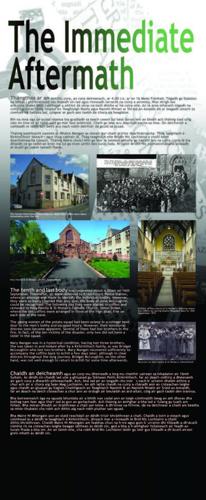 |
|
The coffins carrying the victims travelled by boat from the Broomielaw in Glasgow to the port of Dublin. They were then transferred to the three rear coaches of an awaiting train for the overland journey to Achill.
|
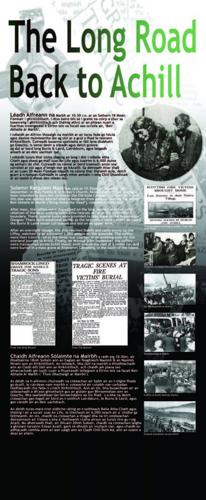 |
|
In the immediate aftermath of the disaster, a public relief fund was set up for the survivors, and families and relatives of the victims, with contributions from a wide range of different people
|
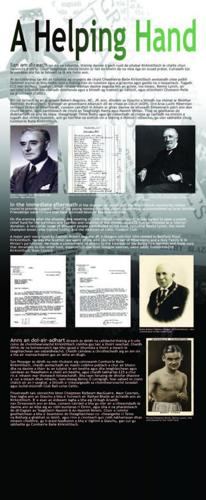 |
|
New legislation governing the accommodation of agricultural workers in Scotland was enacted in July 1938. Links between the two affected communities continue to this day
|
 |
Documents
-
Eastside Bothy Fire - Introduction
-
Eastside Bothy Fire - About Achill
-
Eastside Bothy Fire - Migration From Achill
-
Eastside Bothy Fire - About K'tilloch
-
Eastside Bothy Fire - Employment In K'tilloch
-
Eastside Bothy Fire - Irish Tattie Howkers In Scotland
-
Eastside Bothy Fire - Social Issues In Scotland
-
Eastside Bothy Fire - The Tragedy
-
Eastside Bothy Fire - The Immediate Aftermath
-
Eastside Bothy Fire - The Long Road Back To Achill
-
Eastside Bothy Fire - A Helping Hand
-
Eastside Bothy Fire - The Years Between
